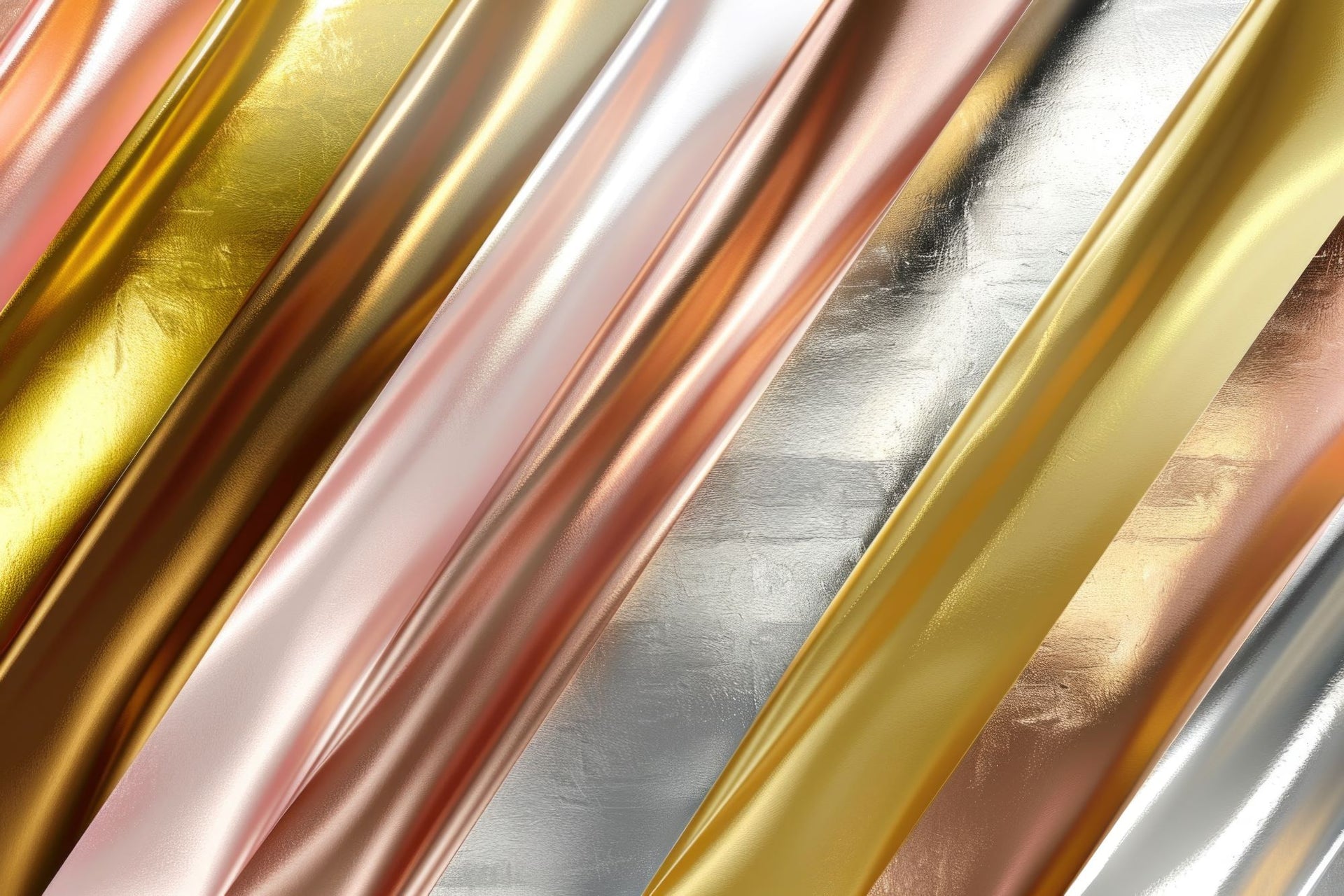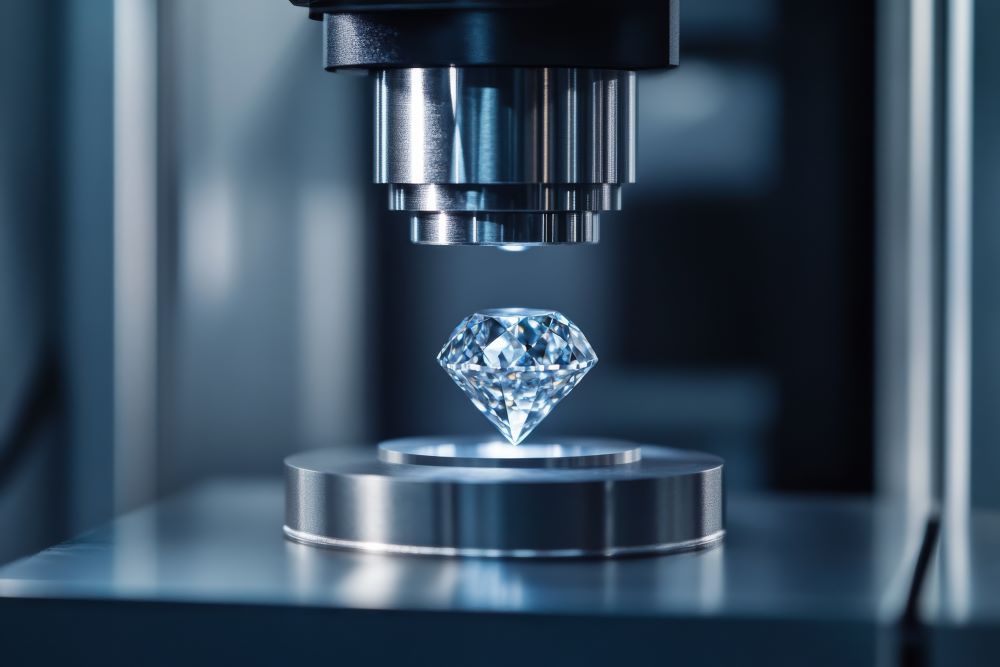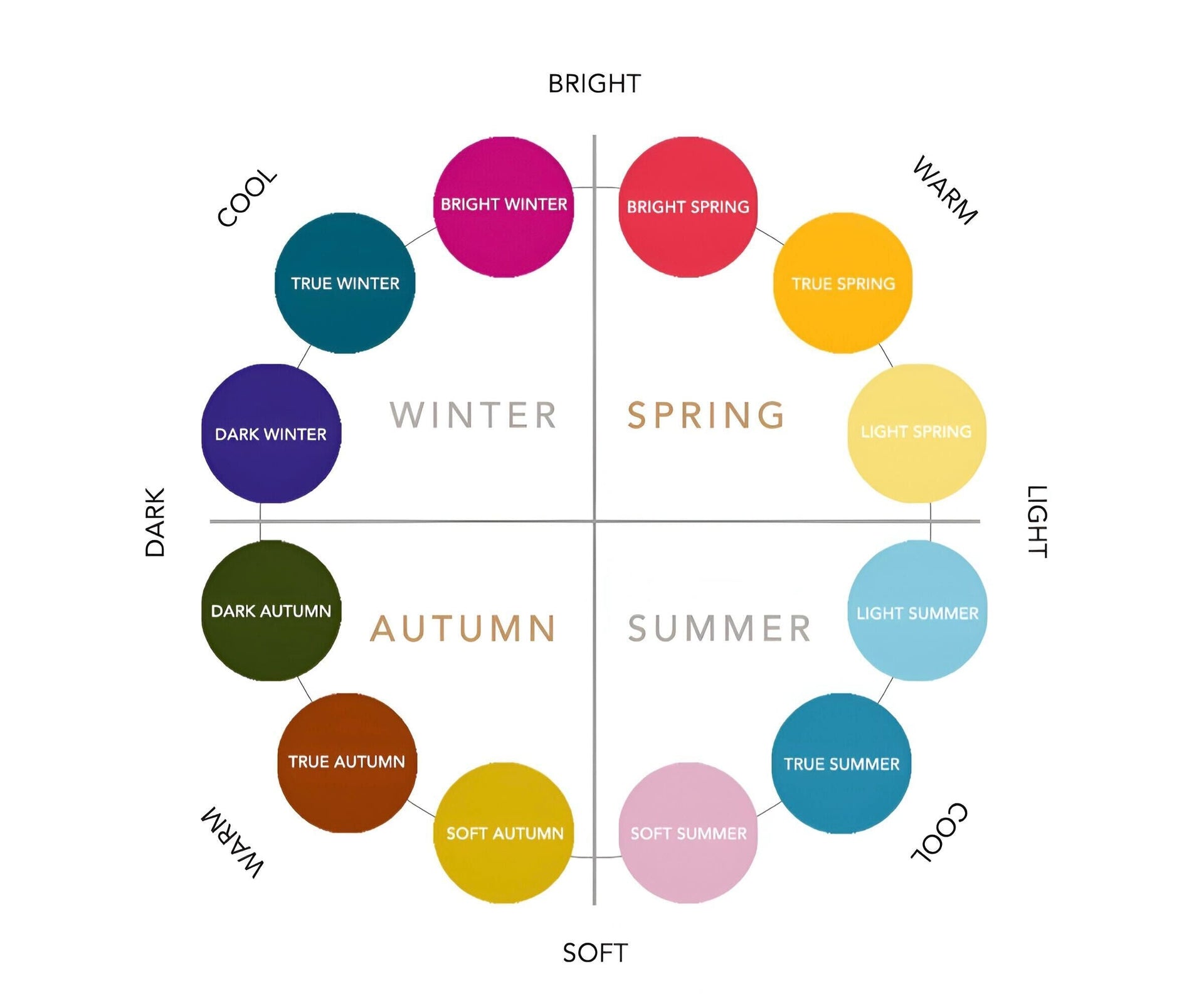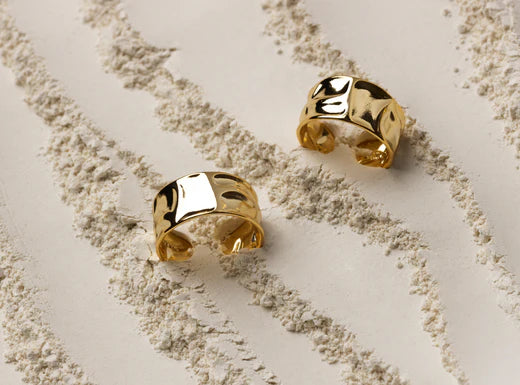Gold and sterling silver are two of the most popular precious metals used in jewelry. Their beauty, durability, and value have made them coveted materials for centuries. In this guide, we'll explore the different grades and colors of gold, the composition of sterling silver, and the benefits of using premium and recycled metals.
Gold: The King of Precious Metals
Gold has been prized for its lustrous yellow color and resistance to tarnish since ancient times. Its malleability and ductility make it ideal for crafting intricate jewelry designs.
Gold Purity and Karats
Gold purity is measured in karats, with 24 karat being pure gold. However, pure gold is too soft for most jewelry applications, so it's often alloyed with other metals to increase durability.
Common gold purities include:
- 24K: 100% pure gold
- 22K: 91.7% gold
- 18K: 75% gold
- 14K: 58.3% gold
- 9K: 37.5% gold
The remaining percentage consists of other metals like copper, silver, or zinc, which affect the gold's hardness and color.
Colors of Gold
Gold comes in various colors, each achieved by alloying pure gold with different metals:
Yellow Gold: This is the natural color of pure gold. Yellow gold alloys typically contain silver and copper.
White Gold: Created by mixing gold with white metals like palladium, nickel, or zinc. White gold is often plated with rhodium to enhance its whiteness and shine.
Rose Gold: Also known as pink or red gold, it's made by alloying gold with copper. The higher the copper content, the redder the gold appears.
Green Gold: Achieved by alloying gold with silver, resulting in a subtle green hue.
Sterling Silver: The Versatile Classic
Sterling silver is an alloy composed of 92.5% pure silver and 7.5% other metals, usually copper. This composition provides a balance between the softness of pure silver and the durability needed for jewelry.
Characteristics of Sterling Silver
- Durability: More resistant to wear than pure silver
- Affordability: Less expensive than gold or platinum
- Versatility: Can be used in a wide range of jewelry styles
- Tarnish: Prone to tarnishing over time, but can be easily cleaned
Advantages of Premium and Recycled Metals
Using premium and recycled metals in jewelry production offers several benefits:
Environmental Impact
Recycled metals significantly reduce the need for new mining, which can have devastating environmental consequences. Using recycled gold can reduce CO2 emissions by up to 99.8% compared to newly mined gold.
Ethical Sourcing
Recycled metals help avoid contributing to issues associated with metal mining, such as labor exploitation and human rights abuses.
Quality and Durability
Contrary to common misconceptions, recycled metals are just as strong and durable as newly mined metals. In fact, recycled metals have often been refined and purified more than new metals, potentially making them stronger.
Innovation and Sustainability
The rise of recycled metals has spurred innovation in the jewelry industry, with designers exploring new techniques to create high-quality pieces using sustainable materials.
Meeting Consumer Demand
As consumers become more environmentally conscious, offering jewelry made from recycled or responsibly sourced metals can help meet this growing demand and potentially increase sales.
Conclusion
Whether you choose gold or sterling silver, new or recycled metals, understanding the composition and sourcing of your jewelry materials can help you make informed decisions. By opting for premium and recycled metals, you can enjoy beautiful, high-quality jewelry while also contributing to more sustainable and ethical practices in the industry.
Remember, the beauty of your jewelry isn't just in its appearance, but also in the story behind its materials. Choose wisely, and wear your jewelry with pride knowing you've made a responsible choice.



